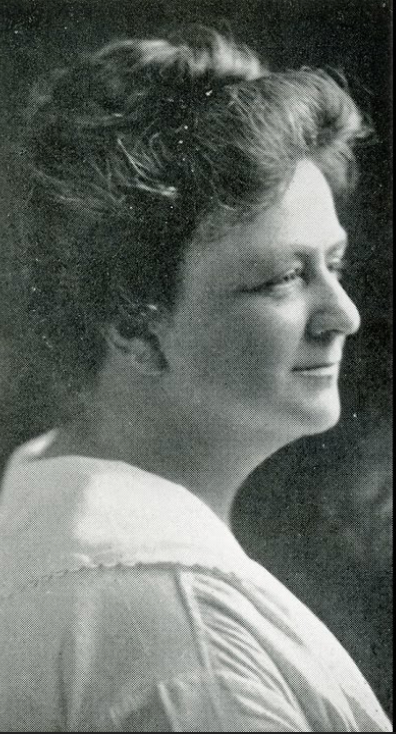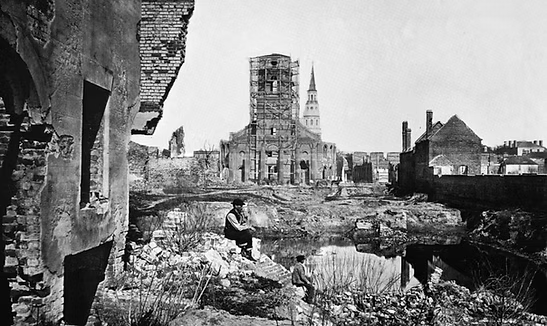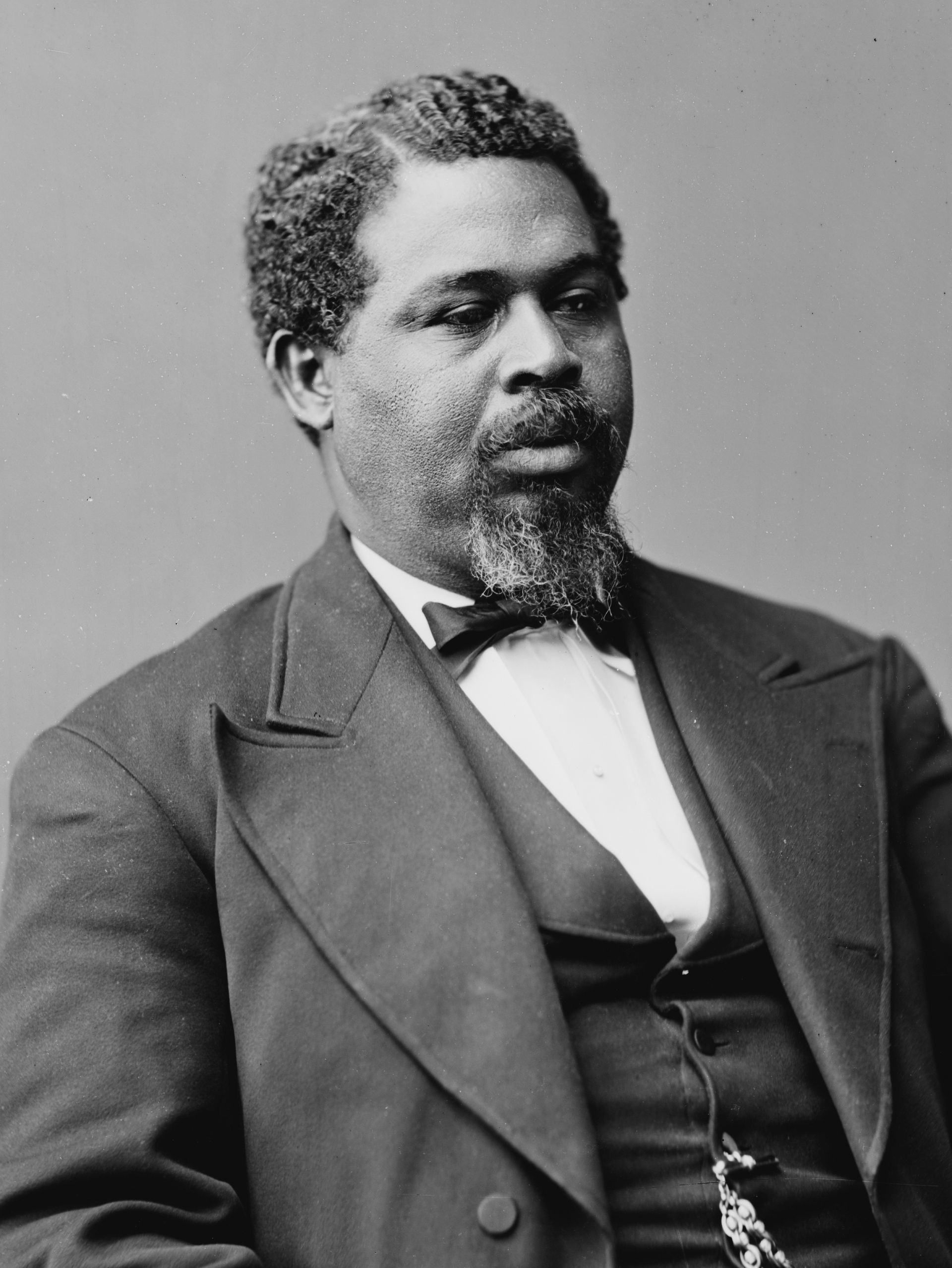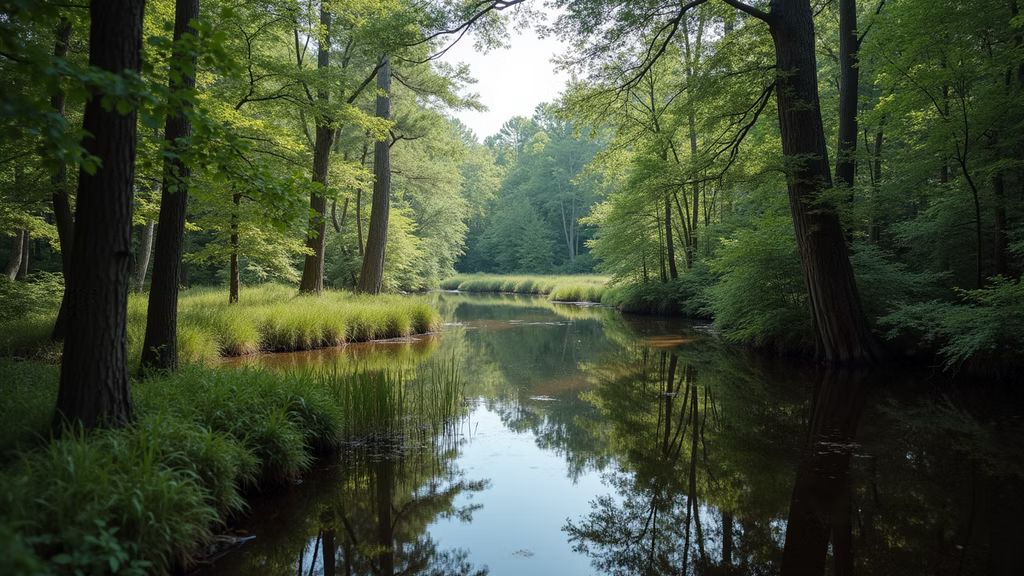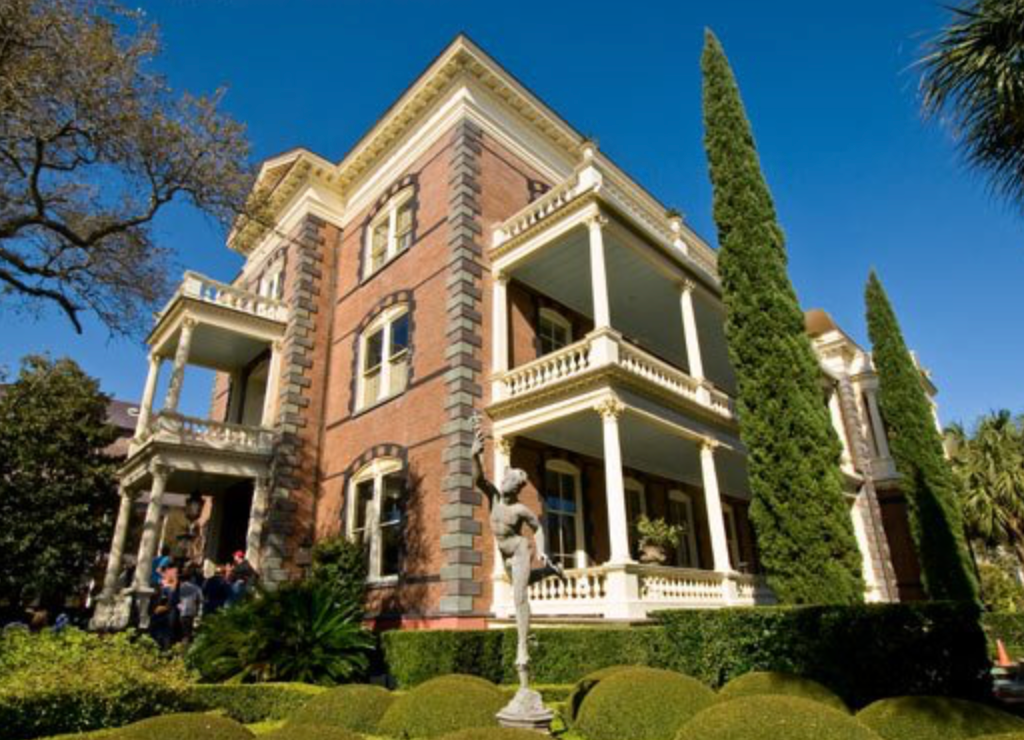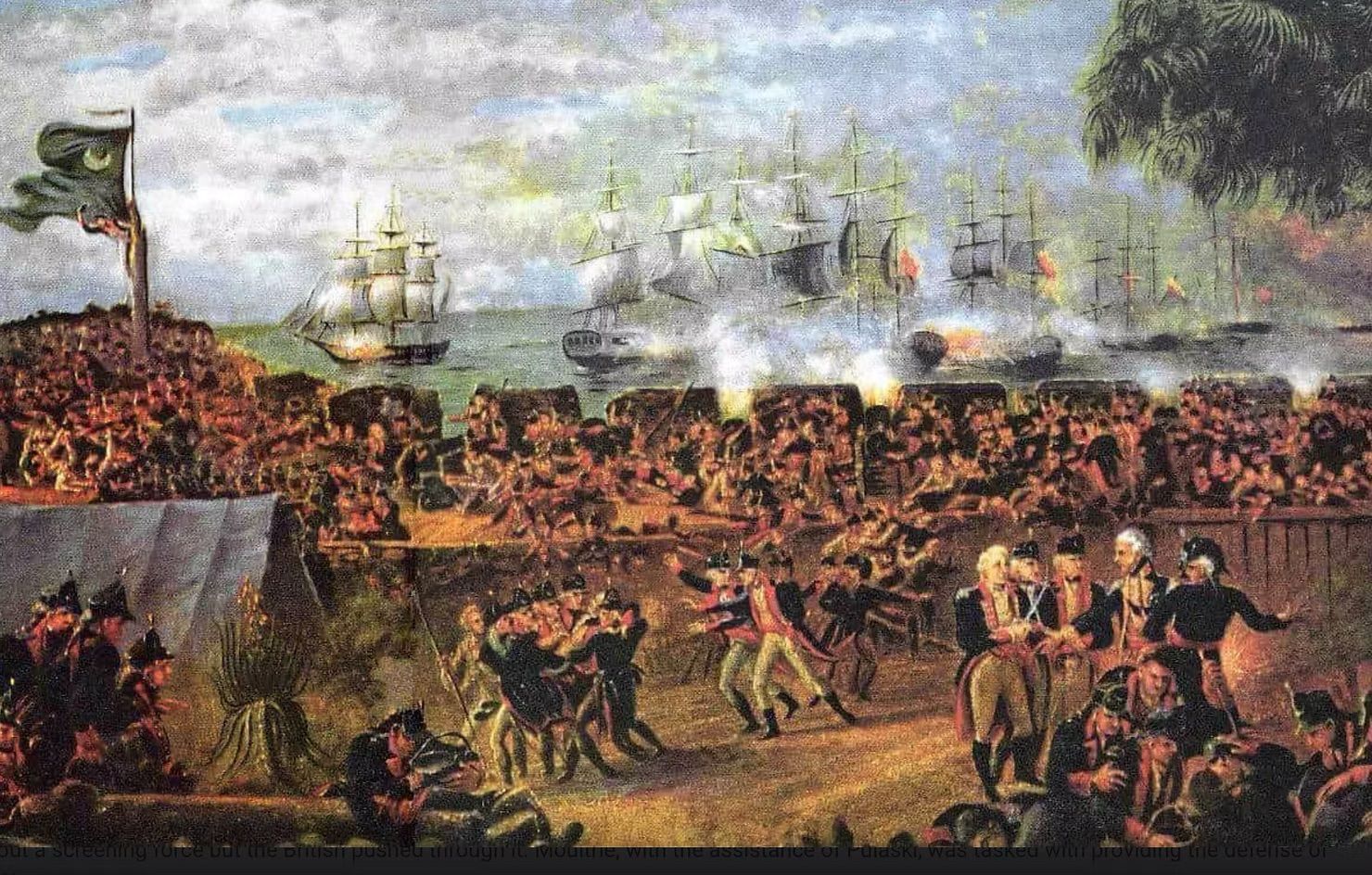The origins of slavery in Charleston, SC
The origins of slavery in Charleston, SC
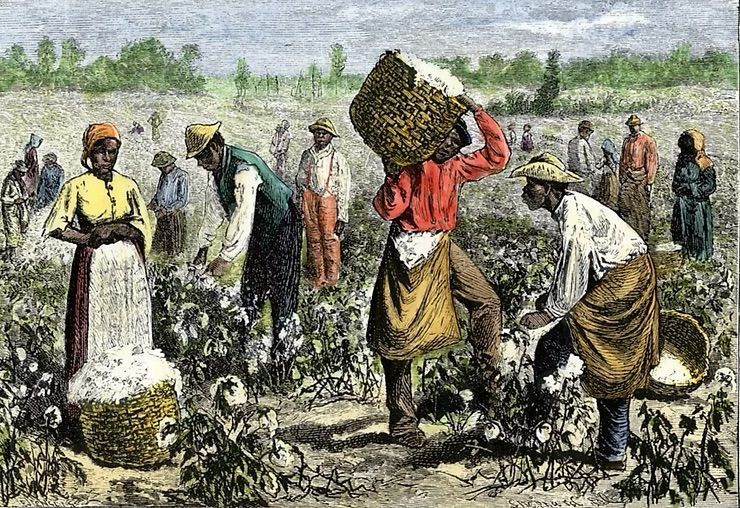
A Dark Legacy: Slavery and Black History Tours in Charleston
When Charleston was founded in 1670, the colony that would become South Carolina was envisioned as a profitable outpost for England. The Lords Proprietors quickly realized that the colony’s wealth would depend on intensive agricultural labor to cultivate cash crops like rice and indigo. While indentured servants initially supplied some of this labor, it was the forced importation of Africans that transformed Charleston into the hub of slavery in North America. This is a story integral to any
Charleston history tour.
The Foundations of a System: From Barbados to Charleston
The very first enslaved Africans in the colony likely arrived with English settlers from Barbados. These colonists brought with them the “Barbadian model”—a system of large estates worked by enslaved people, strict racial codes, and an economy dependent on forced labor. Records from the 1670s show Africans arriving as property, not as people. This brutal blueprint became the foundation for the system of slavery that would define the region for centuries.
Charleston’s Role in the ransatlantic Slave Trade
Charleston’s deep natural harbor gave it a grim importance in the transatlantic slave trade. By the late 17th century, ships began arriving directly from West Africa, carrying men, women, and children who had survived the horrific Middle Passage. The first major documented shipment of enslaved Africans arrived in 1670, the same year Charles Town was founded. By 1708, the colony had a Black majority, an extraordinary demographic shift that underscored how central slavery had become.
The Africans brought to Charleston came from diverse regions—Senegambia, Sierra Leone, the Gold Coast, and Angola. Many carried with them specialized knowledge of rice cultivation, which planters exploited to build immense wealth. The tidal rivers and swamps around Charleston proved ideal for rice fields, but they required backbreaking labor under brutal conditions. The expertise of enslaved Africans made Carolina’s rice plantations among the most profitable in the New World.
Historic Sites and Legacies of Enslaved Africans in Charleston
Charleston itself became the largest slave port in North America. It is estimated that nearly half of all enslaved Africans brought into what would become the United States passed through its harbor. Once ships arrived, the human cargo was sold at public auctions or "Negro yards," where families were often torn apart. From there, many were sent to inland plantations, while others remained in the Lowcountry.
The legacy of this early history is immense. The Gullah culture of the Lowcountry, with its distinct language, foodways, and traditions, grew out of the blending of African cultures among enslaved people. Yet the origins of slavery in Charleston also represent one of the darkest chapters in American history. From the very first Africans forced onto its shores, Charleston’s prosperity was built on the backs of enslaved labor, and its role as a central entry point ensured that the city would remain at the heart of American slavery for nearly two centuries.
Discover Charleston’s Black History on Our Tours
Ready to explore this vital part of our city’s story? Our
Charleston history tours respectfully explore the sites and stories of the enslaved people who shaped our city. Visit key locations and gain a deeper understanding of this complex past.
Book a Charleston Black history tour today and experience the powerful, untold stories behind the city’s historic beauty.
